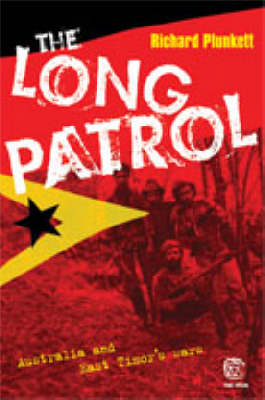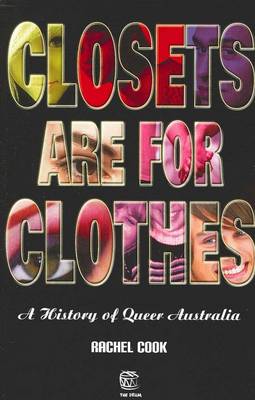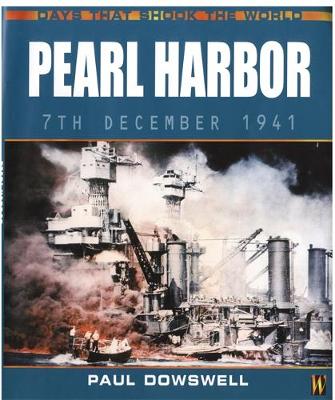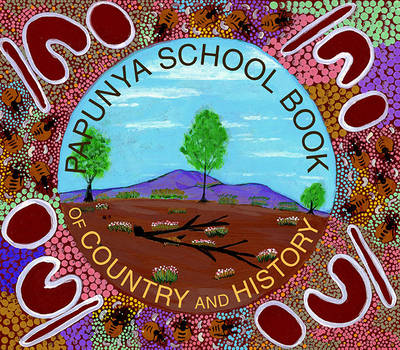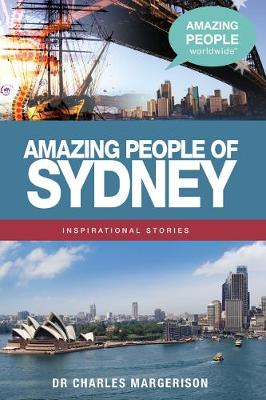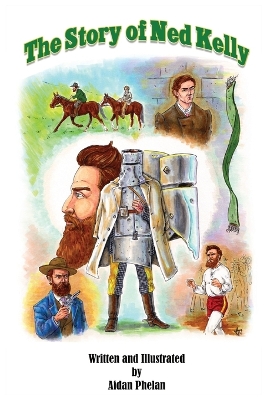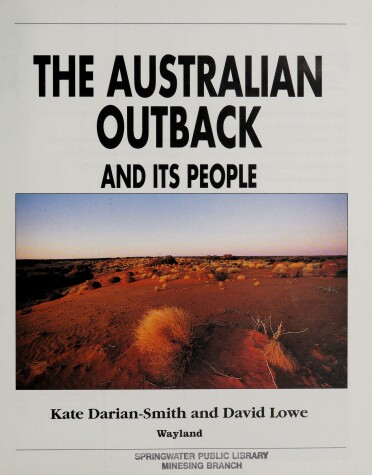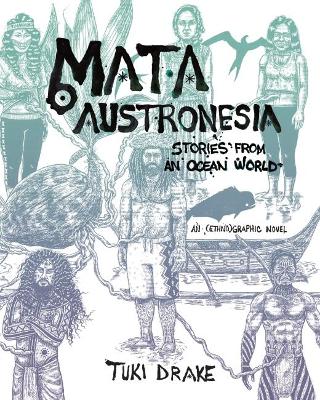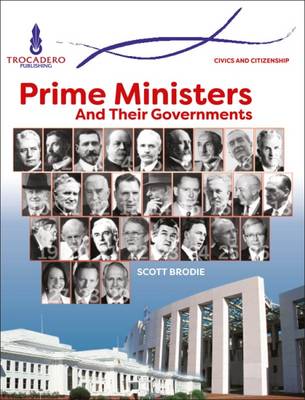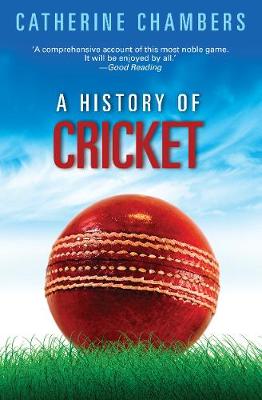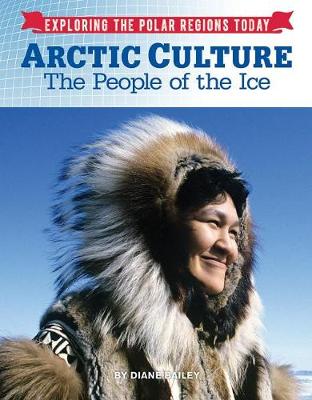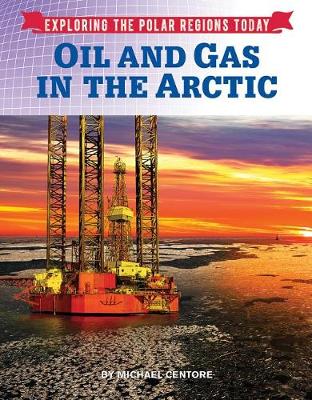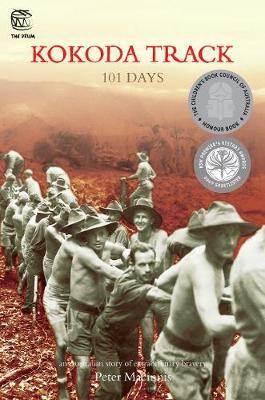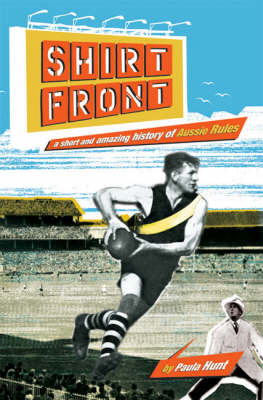This book describes the events which took place on the day of Japan's attack on Pearl Harbor which led to the USA entering the Second World War on the side of the Allies. It also looks at the build up to the attack, including Japan's motives, and then goes on to examine the legacy of the attack and how the war in the Pacific played out until the nuclear bombing of Hiroshima which ended World War II. Throughout the book moment-in-time panels bring a sense of immediacy to the reader by using eye-w...
This multi-award-winning book tells the story of how Anangu from five different language groups came to live together at Papunya. From the time of first contacts with explorers, missionaries and pastoralists, through to the Papunya art movement and the Warumpi Band, this multi-layered text finally leads us to the development of the unique educational environment that is Papunya School. As an example of two way learning, it is a profound metaphor for reconciliation.
Amazing People of Sydney (Amazing People Club Bioviews)
by Charles Margerison
The History of Australia. Volume 2. 1888-1987 (The Australian colour library)
by David Morrissey
Mata Austronesia is a collection of illustrated stories told by Austronesians past and present—an (ethno)graphic novel. Mata, the word for "eye" in numerous Austronesian languages, represents the common origin of the many distinctive Austronesian peoples spread throughout their vast oceanic realm. The tales in this book immerse us in the beauty of this shared heritage, ancestral memory, and cultural legacy.Millennia before the first Europeans ventured into the Pacific, Austronesian explorers sai...
As part of the "Flashpoints" series, this book looks at the Falklands campaign and examines how it evolved, how it was resolved and its impact on world affairs. The origins of the undeclared war between Britain and Argentina in 1982 over the Falkland Islands and the diplomatic background to the military campaign are discussed. Included also are the details of the main military operations and the facts about the conflict, with an explanation of the reasons behind the decisions made. The author gi...
Ned Kelly was a thief, a bank robber and a murderer. He was in trouble with the law from the age of 12. He stole hundreds of horses and cattle. He robbed two banks. He killed three men. Yet, when Ned was sentenced to death, thousands of people rallied to save his life. He stood up to the authorities and fought for what he believed in. He defended the rights of people who had no power. Was he a villain? Or a hero? What do you think?
Fromelles: Australia's Bloodiest Day at War (The Drum)
by Carole Wilkinson
Arctic Culture (Exploring the Polar Regions Today, #8)
by Diane Bailey
Oil and Gas in the Arctic (Exploring the Polar Regions Today, #8)
by Michael Centore
This is an illustrated introduction to what life must have been like for Australia's first settlers from 1787-1840. These early settlers were convicts and migrants, and the author describes their long and hazardous journey to an unknown land and the years of hardship and struggle that the early pioneers faced. General background information on the period is provided and the topics discussed include how the migrants and convicts lived and worked together, what they ate and wore and how they coped...
